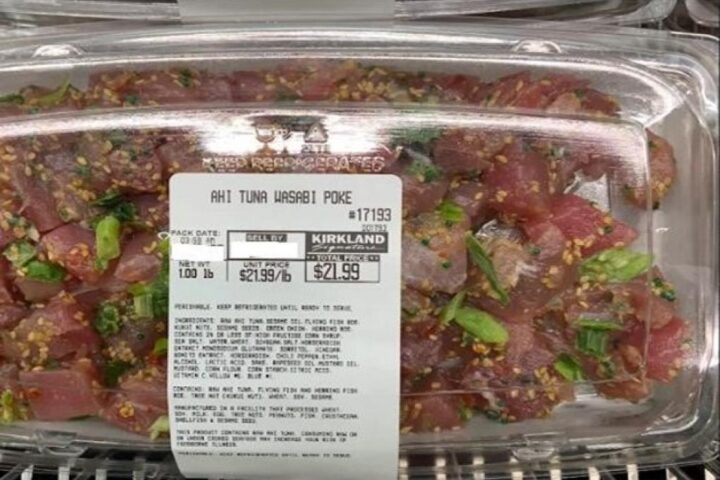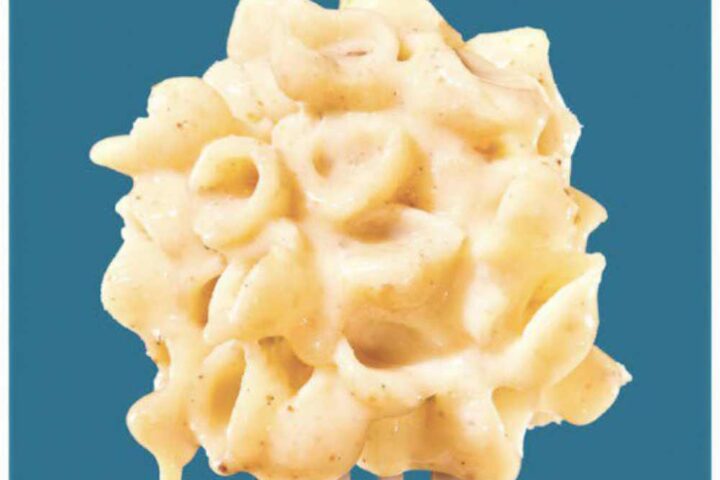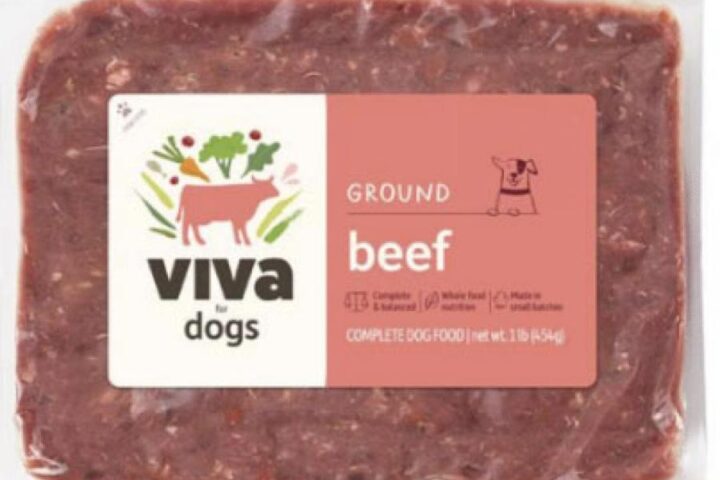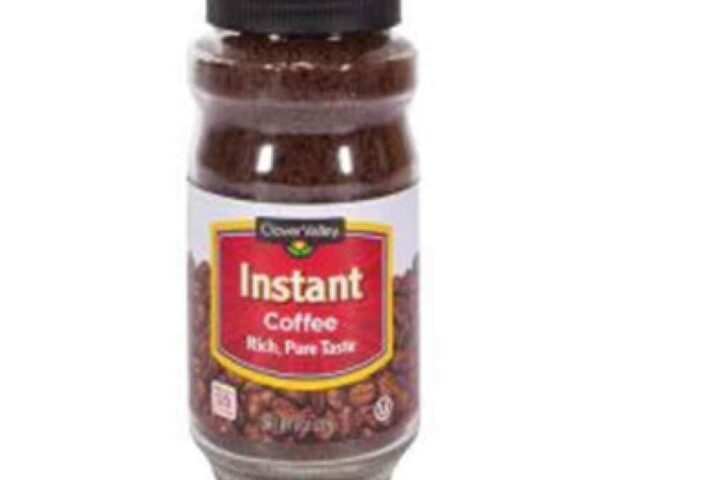
Federal Shutdown Adds Uncertainty for WIC
Subheading: A concise, reader‑friendly briefing with state actions, federal stopgaps, and current funding figures. Links include USDA, OMB, National WIC Association, CBPP, and Washington DOH WIC.
The federal government shutdown has created uncertainty for the Special Supplemental Nutrition Program for Women, Infants and Children (WIC). With the shutdown entering its second week, the $8 billion program serving millions of mothers and children faces potential funding gaps.
Nutrition Benefits on the Line
WIC provides essential nutrition through monthly benefits to pregnant women, new mothers, and young children across America. The program helps purchase infant formula, fresh produce, dairy, and whole grains.
The shutdown that began October 1st created particular challenges for WIC because it coincided with the fiscal year start, meaning state agencies haven’t received their 2026 allocations. The U.S. Department of Agriculture (USDA) has allocated $150 million in emergency contingency funds to states with shortfalls.
“WIC is literally a lifesaving program,” said Ali Hard, policy director for the National WIC Association. “We could see lifelong impacts to participants if benefits are disrupted.”
States Take Different Approaches
Some states have developed plans to maintain benefits despite the federal funding gap. Connecticut Governor Ned Lamont announced his state would cover WIC costs if federal funding runs out.
“I want those young families, those moms, to know that your WIC card will continue to be good for the foreseeable future,” Lamont said.
Mississippi will continue benefits for current recipients but temporarily suspended enrollment for new participants except for pregnant women, breastfeeding mothers, and high-risk infants.
Washington state, where a third of babies receive WIC benefits, warned it cannot sustain the program without federal funds. “Washington WIC may be able to sustain benefits for one to two weeks before a federal shutdown would force a full closure of the program,” said Raechel Sims from the state’s Department of Health.
White House Intervention
The White House announced a temporary solution to maintain WIC operations by transferring funding from tariff revenue.
“President Trump and the White House have identified a creative solution to transfer resources from Section 232 tariff revenue to this critical program,” White House press secretary Karoline Leavitt told Axios. “The Trump White House will not allow impoverished mothers and their babies to go hungry because of the Democrats’ political games.”
The amount being transferred wasn’t specified.
Program Impact and Funding Status
Research has linked WIC to lower infant mortality, healthier birth weights, higher immunization rates, and better academic performance. Despite serving nearly 7 million Americans, nearly half of those eligible don’t enroll.
Program participation has increased as food prices have risen. Enrollment stood at just under 6.9 million people in May 2025, up nearly 126,000 from a year earlier and nearly 193,000 from two years ago.
The program received $7.6 billion for fiscal year 2025. The pending House spending bill would maintain current funding and reduce the fruit and vegetable benefit, while the Senate version would provide $8.2 billion.
“Longer-term beyond the shutdown, having adequate funding will be important…so everyone who is eligible and seeks to participate can,” said Zoë Neuberger, senior fellow at the Center on Budget and Policy Priorities.
As budget negotiations continue in Washington with no clear end in sight, the nutrition assistance program remains in limbo.


















